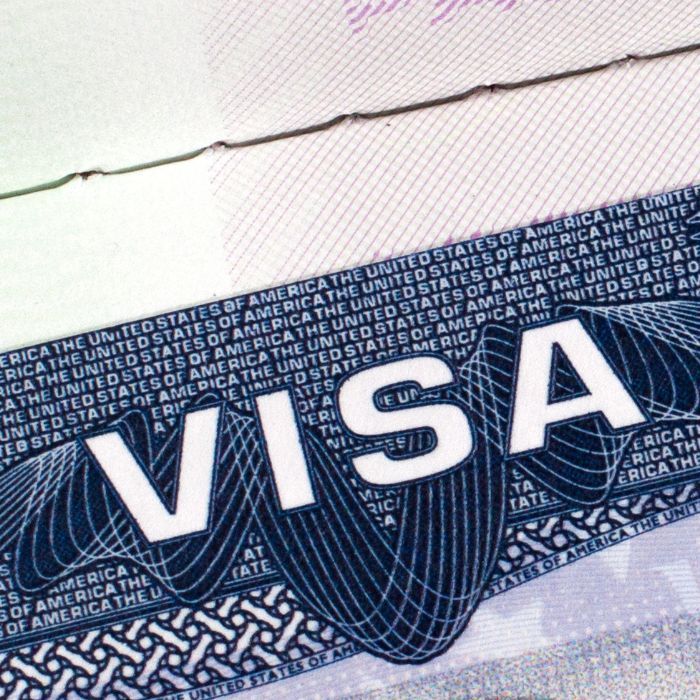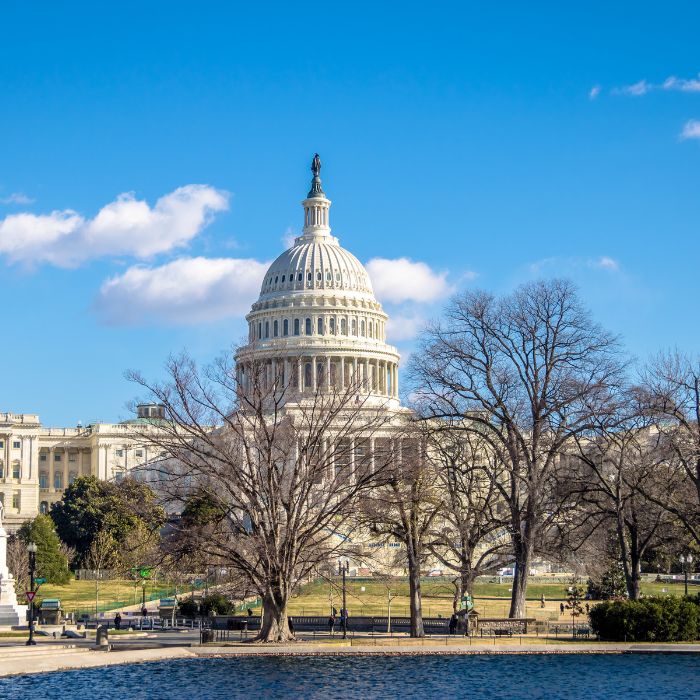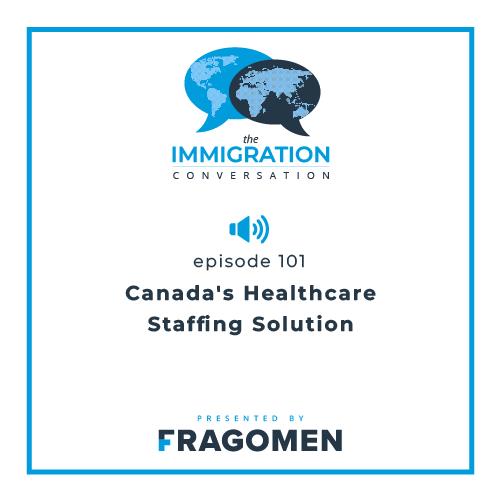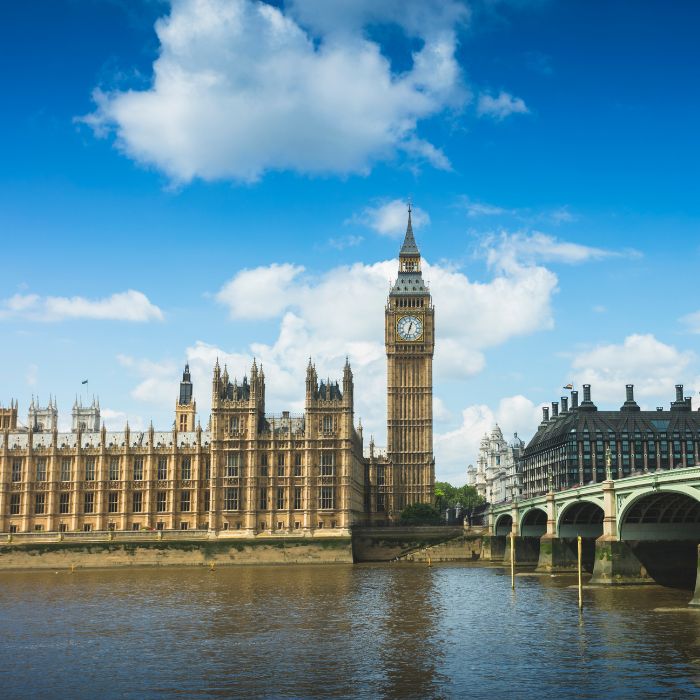Beyond PERM: Leveraging Schedule A, Group II for Exceptional Ability in the Sciences, Arts and Performing Arts
October 8, 2025
By: Matthew Smith
When employers in the United States think about employment-based green card sponsorship, most default to the standard PERM labor certification process. Others may be familiar with Schedule A, Group I (nurses and physical therapists) as a longstanding shortcut. However, very few employers—and even many seasoned HR professionals—have ever heard of Schedule A, Group II.
This may be a missed opportunity. Schedule A, Group II provides a streamlined path to permanent residence for individuals of “exceptional ability” in the sciences and arts. In a tight labor market where employers compete fiercely for global talent, understanding this category can open doors that are otherwise overlooked.
What is Schedule A, Group II?
Schedule A is a Department of Labor (DOL) list of occupations deemed to be facing a shortage of US workers. For those occupations, DOL pre-certifies that qualified foreign nationals do not displace US workers. That means employers can skip many elements of the often-lengthy PERM process and file immigrant petitions directly with USCIS.
-
-
- Group I: Registered nurses and physical therapists.
- Group II: Individuals of “exceptional ability” in the sciences, arts and performing arts.
-
While Group I is used widely, Group II has remained in the shadows. Yet its scope—covering exceptional scientists, researchers, artists, musicians, and other professionals—is much broader.
How does Schedule A, Group II work?
Similar to PERM, Schedule A, Group II requires that the employer first obtain a valid prevailing wage determination from the Department of Labor and that a valid Notice of Filing be posted or delivered to the employer’s bargaining representative.
Also similar to PERM, the foreign national must meet EB-2 or EB-3 requirements.
-
-
- EB-2 category: The position requires and the foreign national holds an advanced US degree or its foreign equivalent OR a bachelor’s degree accompanied by at least five years of progressive experience. Alternatively, candidates may qualify by demonstrating a separate exceptional ability test in their field.
- EB-3 category: The position requires and the foreign national holds a US bachelor’s degree or its foreign equivalent (EB-3 Professional) OR the position requires and the foreign national holds at least two years of job training or work experience relevant to the position (EB-3 Skilled Worker).
-
However, this is where the similarities end. Unlike the PERM process—which typically involves several months of recruitment efforts and PERM Form ETA-9089 certification before filing Form I-140—Schedule A, Group II permits immediate I-140 filing if the employer can show the foreign national meets at least two of the seven of the following criteria for those in the sciences or arts:
-
-
- Documentation of the foreign national’s receipt of internationally recognized prizes or awards for excellence in the field for which certification is sought;
- Documentation of the foreign national’s membership in international associations, in the field for which certification is sought, which require outstanding achievement of their members, as judged by recognized international experts in their disciplines or fields;
- Published material in professional publications about the foreign national, about the alien’s work in the field for which certification is sought, which shall include the title, date and author of such published material;
- Evidence of the foreign national’s participation on a panel, or individually, as a judge of the work of others in the same or in an allied field of specialization to that for which certification is sought;
- Evidence of the foreign national’s original scientific or scholarly research contributions of major significance in the field for which certification is sought;
- Evidence of the foreign national’s authorship of published scientific or scholarly articles in the field for which certification is sought, in international professional journals or professional journals with an international circulation;
- Evidence of the display of the foreign national’s work, in the field for which certification is sought, at artistic exhibitions in more than one country. (Applicable to artistic fields)
-
For those specifically in performing arts, the employer must show sufficient documentation to demonstrate that the beneficiary has exceptional ability, such as:
-
-
- Documentation attesting to the current widespread acclaim and international recognition accorded to the beneficiary, and receipt of internationally recognized prizes or awards for excellence;
- Published material by or about the beneficiary, such as critical reviews or articles in major newspapers, periodicals, or trade journals (the title, date and author of such material must be indicated);
- Documentary evidence of earnings commensurate with the claimed level of ability;
- Playbills and star billings;
- Documents attesting to the outstanding reputation of theaters, concert halls, night clubs and other establishments in which the beneficiary has appeared or is scheduled to appear; or
- Documents attesting to the outstanding reputation of theaters or repertory companies, ballet troupes, orchestras or other organizations in which or with which the beneficiary has performed during the past year in a leading or starring capacity.
-
Lastly, employers must also submit documentation showing that the beneficiary’s work in that field during the past year did, and the intended work in the United States will, require exceptional ability.
For employees specifically in sciences and arts (not performing arts), employers must also show the employee has widespread acclaim and international recognition accorded to the beneficiary by recognized experts in the beneficiary’s field.
Advantages of Schedule A, Group II
-
-
- Bypasses Often Challenging Parts of the PERM Process
-
For Schedule A, Group II, employers bypass the resource-demanding and often costly PERM recruitment & advertising phase, as well as the Department of Labor Form ETA-9089 certification process. Instead, they file the immigrant petition (Form I-140) directly with USCIS, along with a prevailing wage determination and notice of filing.
-
-
- Speed
-
By bypassing recruitment & DOL Form ETA-9089 certification phases, employers may shave several months off the green card timeline. In a competitive hiring market, that advantage can be decisive.
-
-
- Broader applicability than many realize
-
Group II explicitly covers the sciences, arts and performing arts. Exceptional artists, researchers, innovators or other highly talented professionals may qualify.
-
-
- Different adjudication standard than EB-1 Extraordinary Ability
-
Group II’s adjudication standard is not the same as EB-1 Extraordinary Ability (which expects top-tier, field-wide prominence). However, it is important to note that Group II still requires evidence of widespread acclaim and international recognition, which can be demanding in its own right.
-
-
- Employer branding
-
For companies recruiting top talent, offering sponsorship under an obscure but favorable category can help distinguish the organization as flexible and sophisticated in immigration planning.
Challenges and limitations of Schedule A, Group II
-
-
- High evidentiary burden
-
Demonstrating “exceptional ability” requires extensive documentation. Employers must be prepared to work closely with counsel and the foreign national to assemble strong, organized evidence.
-
-
- Still subject to quotas and backlogs
-
Schedule A bypasses PERM, but it does not exempt applicants from immigrant visa quotas. Nationals of India and China may still face long waits for visa availability.
-
-
- Notice of filing requirement
-
Employers must still post a notice of filing at the worksite and, if applicable, notify the union. While far less onerous than full recruitment, it requires procedural compliance.
-
-
- Eligibility
-
To be eligible, science and arts employees must qualify under regulatory criteria (need at least two of seven criteria). Many employees will not meet this standard.
-
-
- Flexibility
-
Does not have the job/work location flexibility of National Interest Waiver. Schedule A, Group II cannot be self-petitioned by employees.
-
-
- Underutilized
-
With underused categories, USCIS officers may be less familiar with evaluating cases, which may result in less predictability of outcome.
Need to know more?
In today’s tightening immigration framework, it is increasingly important for employers to adopt adaptable strategies for the employment-based green card process. Schedule A, Group II is just one of many tools employers can use outside of the PERM process to better support their global talent. To review these options and for questions, contact Associate Matthew Smith at [email protected].
This blog was published on October 8, 2025, and due to the circumstances, there are frequent changes. To keep up to date with all the latest updates on global immigration, please subscribe to our alerts and follow us on LinkedIn, Twitter, Facebook and Instagram.















